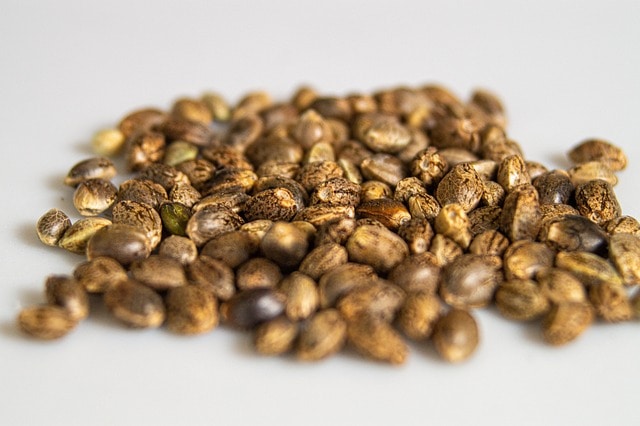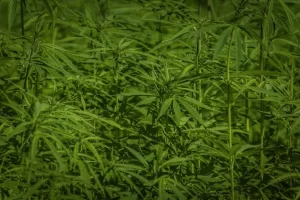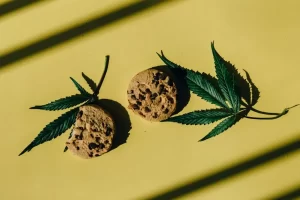Cloning marijuana plants can be a cost-effective and efficient way to propagate your favorite strains. When done correctly, clones can offer identical genetic copies of a parent plant, ensuring consistency in terms of flavor, potency, and yield. One popular and reliable method involves using rockwool and rooting hormone to give your cuttings the best chance at a strong, healthy start. In this guide, we’ll walk you through this cloning method step-by-step.
Introduction
Rockwool is a soil-less growing medium made of molten rock spun into cotton candy-like fibers. It offers excellent water retention and aeration properties, making it a favored choice for cloning. When combined with rooting hormone, a substance designed to expedite root growth, rockwool can provide a perfect environment for your marijuana cuttings to develop robust root systems.
What You’ll Need:
- Healthy mother marijuana plant
- Sterile scissors or pruning shears
- Rockwool cubes
- Rooting hormone (gel or powder)
- pH balanced water (around 5.5 – 6.5)
- Spray bottle
- Humidity dome or plastic wrap
- Heating mat (optional)
- Tweezers or small stick for application
- Latex gloves

Steps for Cloning with Rockwool and Rooting Hormone
Step 1: Prepare the Rockwool Cubes
- Soak the Rockwool: Submerge the rockwool cubes in pH balanced water for at least two hours. This ensures that the cubes are moist and free of any imbalances that could affect your cutting’s growth.
- Drain Excess Water: After soaking, gently shake or squeeze out any excess water from the cubes. You want them moist but not dripping wet.

Step 2: Select and Cut the Clone
- Choose a Healthy Mother Plant: The better the condition of the mother plant, the more likely your clones will survive and thrive. Look for a healthy, robust plant that shows no signs of disease or stress.
- Identify Cutting Points: Look for branches that have at least two nodes (the small bumps on the stem where leaves, branches, and roots sprout) and are free from flowers or buds.
- Make the Cut: With sterilized scissors or pruning shears, cut the selected branch at a 45-degree angle. The angled cut increases the surface area, allowing for better absorption of the rooting hormone.
Step 3: Apply Rooting Hormone
- Dip the Cutting: Wearing latex gloves, dip the freshly cut end into the rooting hormone (gel or powder). Make sure to cover at least an inch up the stem and around the cut.
- Shake Off Excess: Gently shake the cutting to remove any excess rooting hormone.

Step 4: Plant into Rockwool
- Insert the Cutting: Use tweezers or a small stick to create a hole in the rockwool cube. Insert the hormone-coated end of the cutting into the hole.
- Secure the Plant: Gently squeeze the rockwool around the base of the cutting to secure it. Ensure the cutting stands upright.

Step 5: Initial Care
- Mist the Cutting: Use a spray bottle to mist the cutting and the rockwool cube lightly.
- Cover with Humidity Dome: Place the rockwool cube and cutting under a humidity dome or cover with plastic wrap. This helps maintain a high humidity level, aiding in root development.
- Optional Heating Mat: Place the setup on a heating mat set to 75–80°F to encourage faster root growth.
Step 6: Ongoing Care and Transplanting
- Check Humidity: Maintain high humidity by misting and checking daily.
- Look for Root Growth: After 7-14 days, you should see roots beginning to emerge from the rockwool cube. Once the roots are around an inch long, it’s time to transplant the clone into its final growing medium.
Conclusion
Cloning marijuana plants using rockwool and rooting hormone is a tried-and-true method that has been proven to yield excellent results. With patience, care, and attention to detail, even beginners can achieve successful clones that grow into robust plants. Happy cloning and if you want to learn more about growing marijuana from seed make sure to check out our page on basic growing information.












